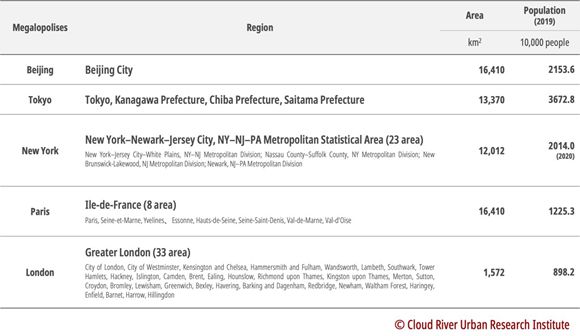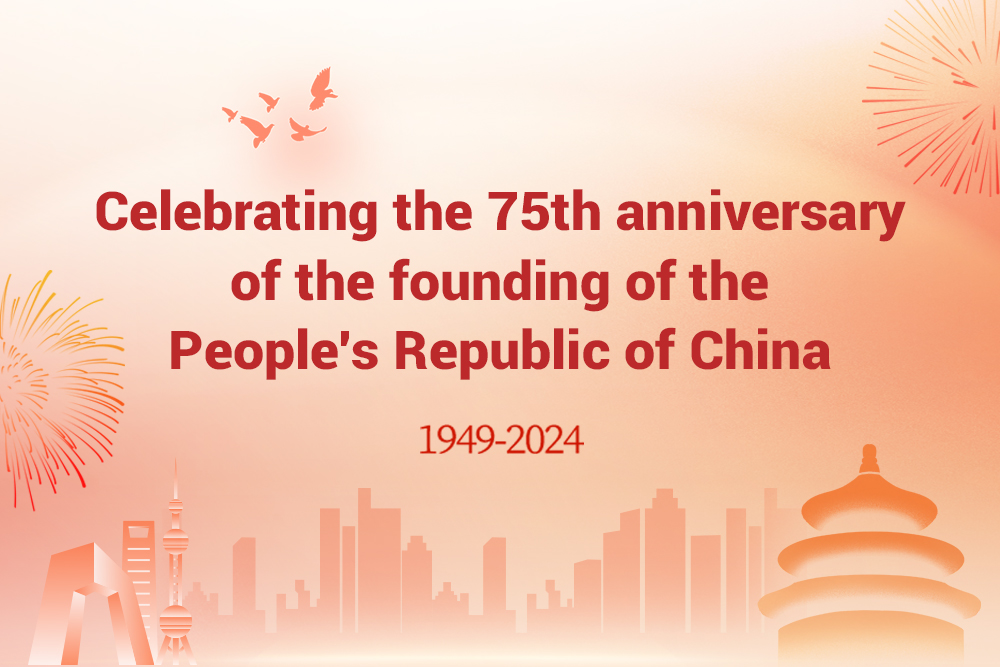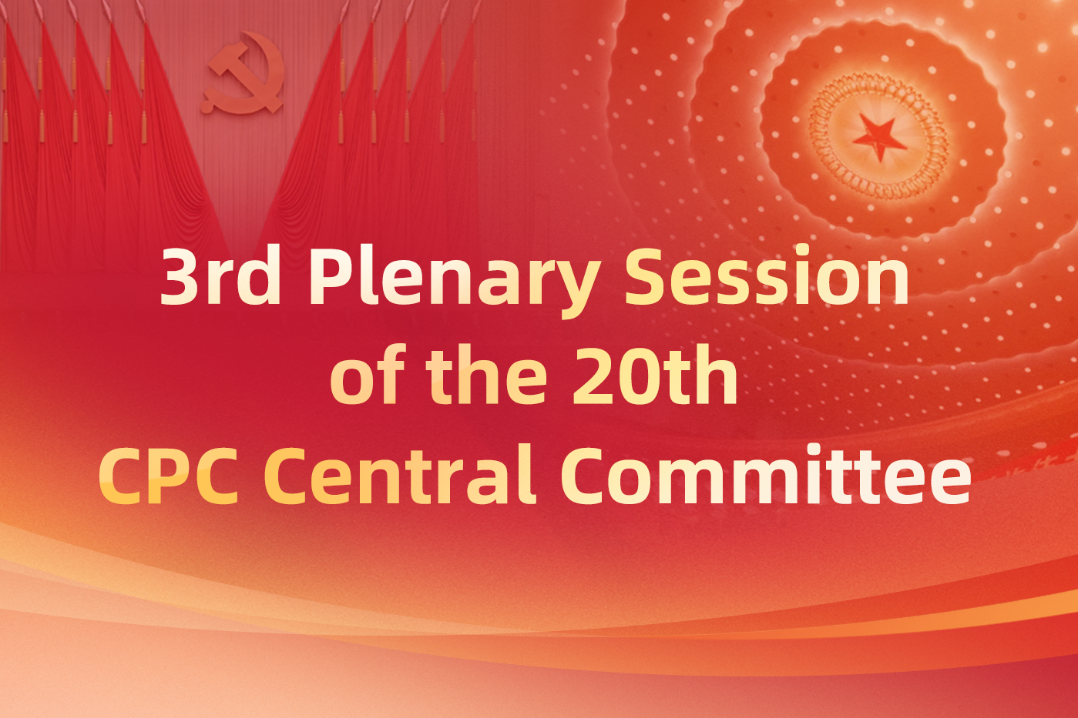Zhou Muzhi: Identify Beijing's path to carbon peak and neutrality by benchmarking against four major metropolises

Editor's note: At a time when carbon peak and neutrality has become one of the most important national strategies, all cities are looking for their own paths to it. Professor Zhou Muzhi, head of Cloud River Urban Research Institute, made a comparative study of carbon dioxide emissions of Beijing and four major metropolises worldwide — New York, London, Tokyo, and Paris — based on the latest results of satellite data parsing and geographic information system (GIS) analysis to nail down gaps in between scientifically, providing Beijing and other Chinese cities an exhaustive "physical examination report" on carbon peak and neutrality strategy.
New York, London, Tokyo, and Paris are recognized as four major metropolises worldwide. They are hubs of economic and cultural exchange in the world and benchmarks of the development of global cities. Beijing, as the capital of China, leads in China's political, cultural, scientific and technological, and economic development, and ranks first in China Integrated City Index over the years. Therefore, it is an important research approach to identifying Beijing's path to carbon peak and neutrality by comparing it with the four major metropolises in carbon dioxide emissions.
However, the four major metropolises have all spread out beyond the boundaries of cities in actual form into megalopolises. For example, Tokyo megalopolis comprises the Tokyo Metropolis and the prefectures of Kanagawa, Chiba, and Saitama. Therefore, megalopolis represents the actual state of the four major metropolises. Despite so, this form of city, which spreads out across administrative divisions, makes it harder for studying the real states of the four major metropolises.
Through years of efforts facilitated by satellite data parsing and GIS analysis, Cloud River Urban Research Institute accurately determined the scope of these megalopolises, and precisely analyzed their population size, distribution, and density. For example, by defining areas with more than 5,000 people per square kilometer as a Dense Population District (DID), it made an accurate and effective analysis of their population density and megalopolis scope.
Therefore, all the numerical values of the four major metropolises in this article were calculated based on megalopolis scope.
Besides, the megalopolis scope of Beijing determined by DID analysis is located within its administrative division, so all the numerical values of Beijing as a megalopolis are the same as those of it as a municipality.
Cloud River Urban Research Institute also soundly measured the development quality of the megalopolises through a multimodal index analysis based on data resources in different fields, including statistical data, big data, and satellite remote sensing data. It elevates the research on metropolises worldwide to a new level, and provides a scientific basis for the accurate comparative analysis of Beijing and the four major metropolises.
Furthermore, Cloud River Urban Research Institute managed to accurately calculate carbon dioxide emissions of cities through satellite data parsing and GIS analysis, enabling an accurate and in-depth analysis of carbon dioxide emissions of global cities.
On that basis, this article made a comparative analysis of carbon dioxide emissions of Beijing and the four major metropolises to find out gaps in between scientifically, in a bid to provide an important reference for Beijing and other Chinese cities on carbon peak and neutrality strategy.
Table 1 Area and population of Beijing, New York, London, Tokyo, and Paris megalopolises

- Weihai and Shanghai to co-host World Cities Day, promoting global urban sustainability
- Shandong boosts county economy through industry
- Form bank chief imprisoned for bribery
- First zero-carbon certificate issued in China
- Forum highlights green energy partnerships amid climate challenges
- China Golden Eagle festival names top TV winners





































